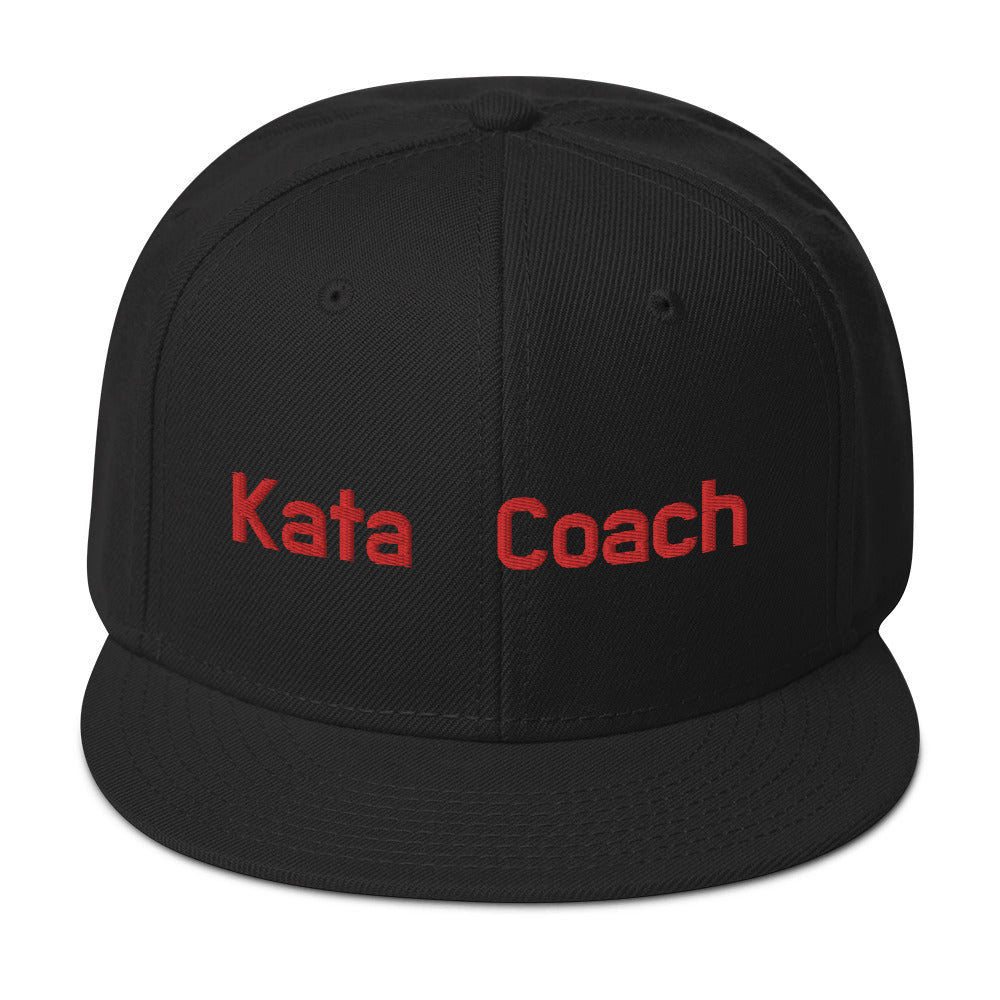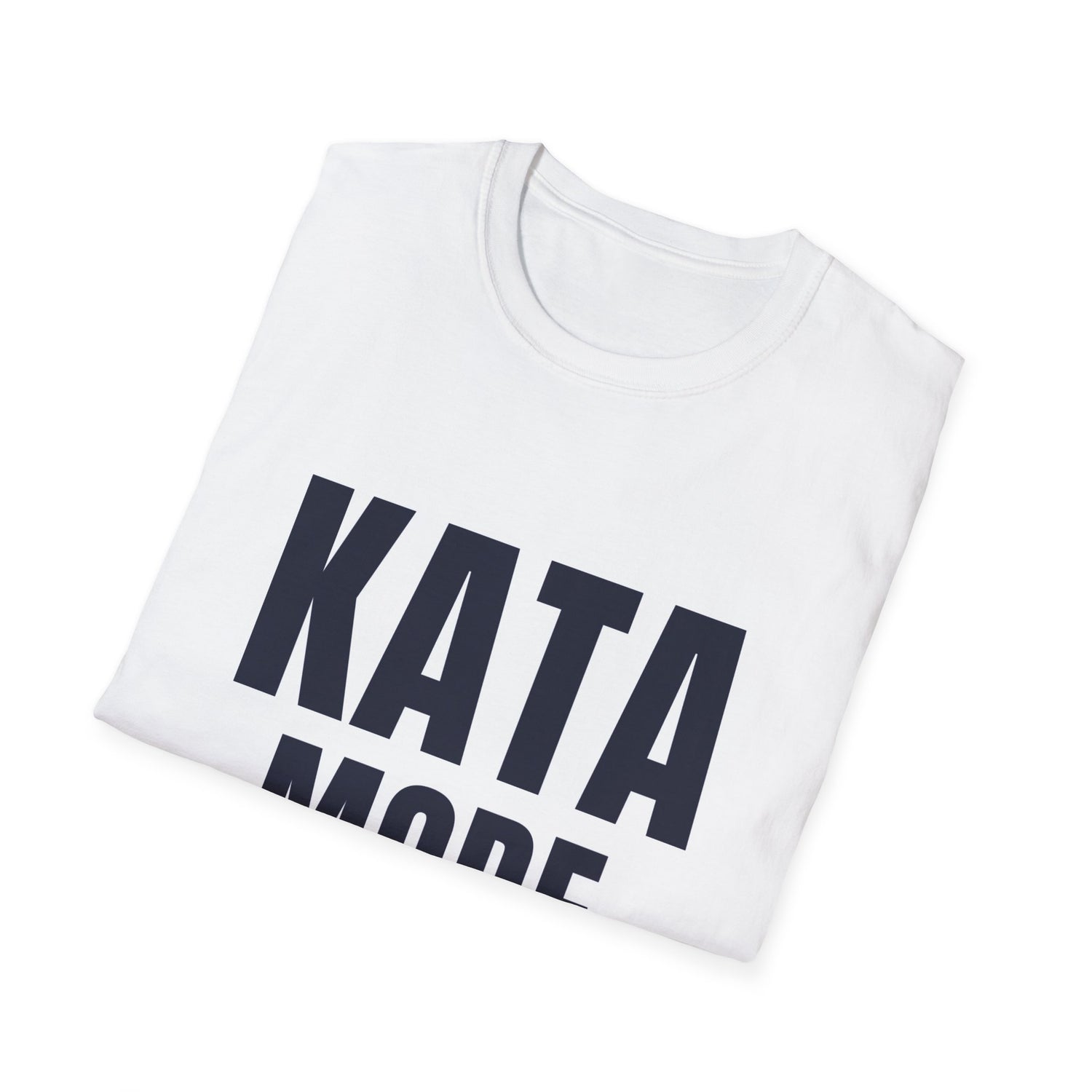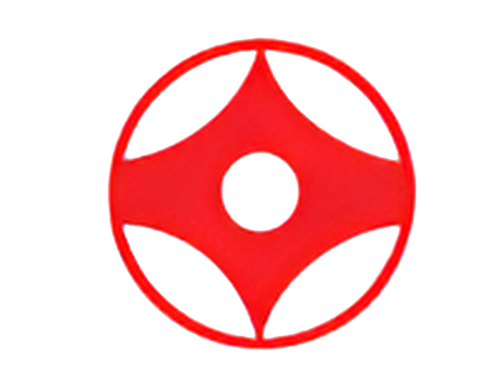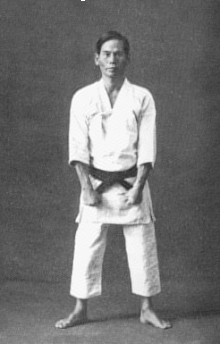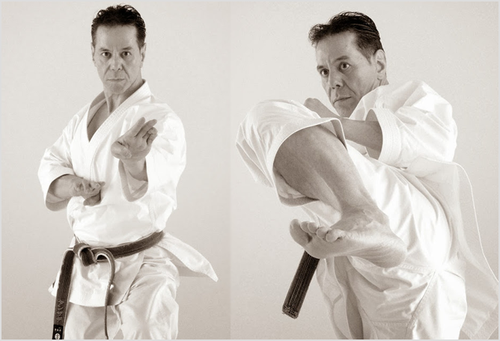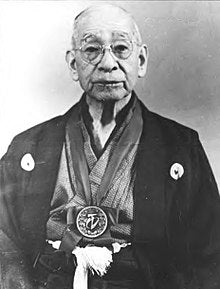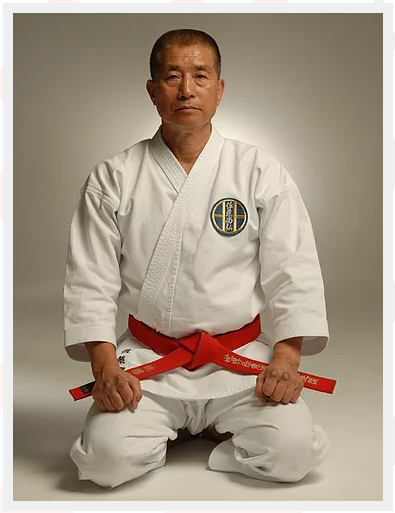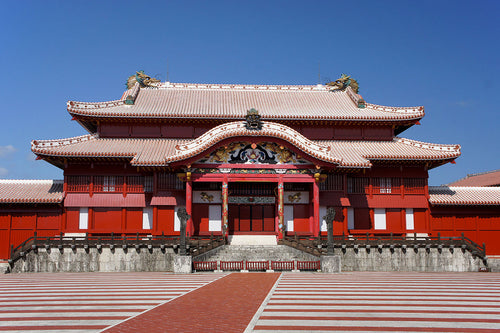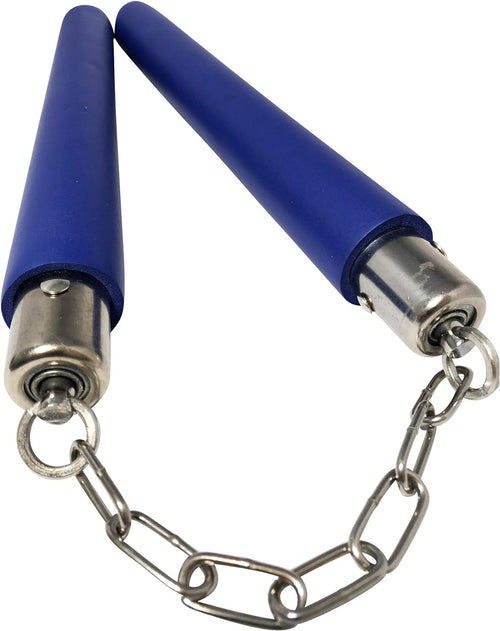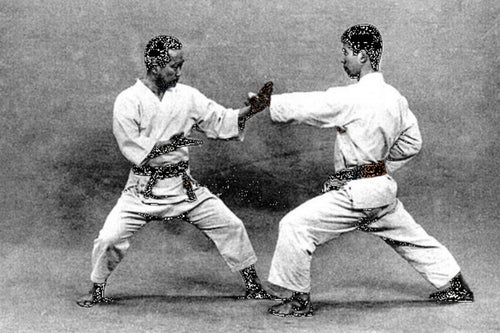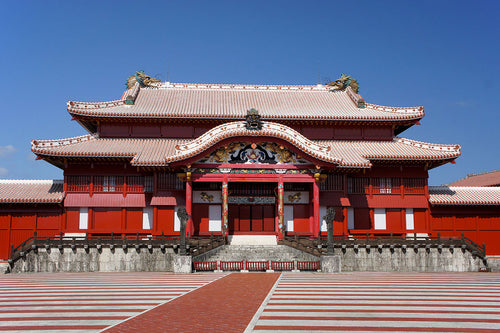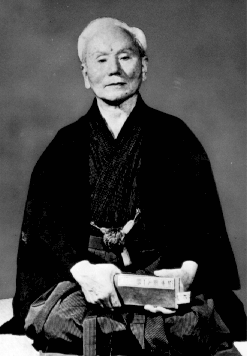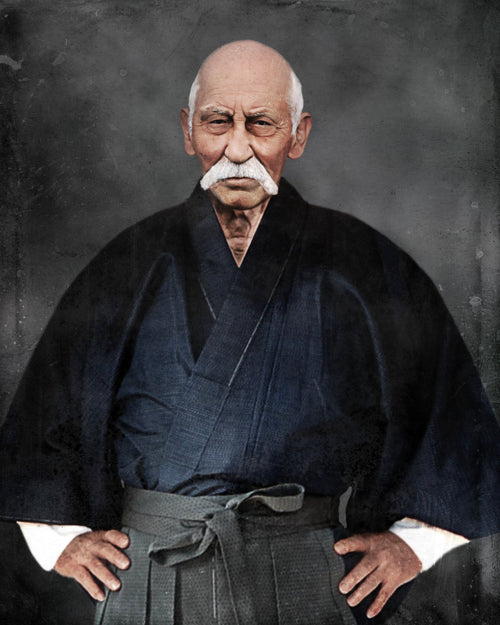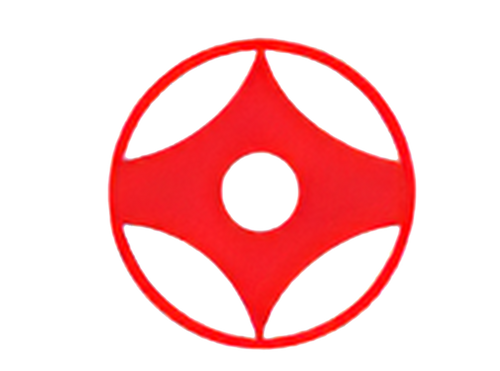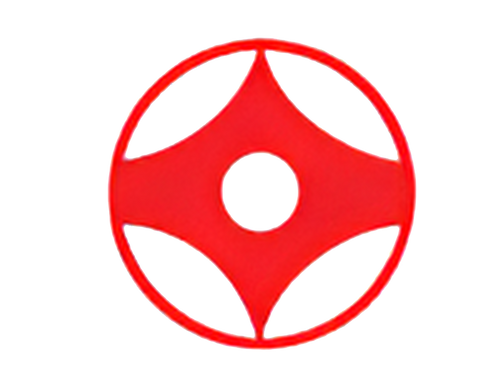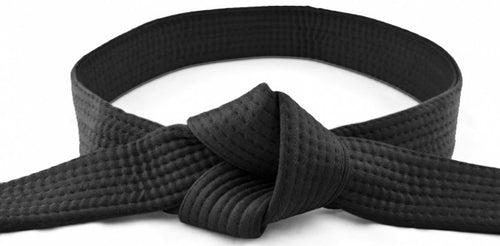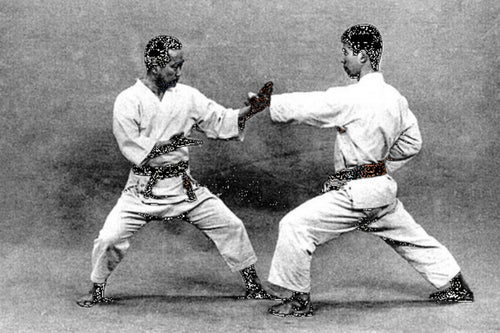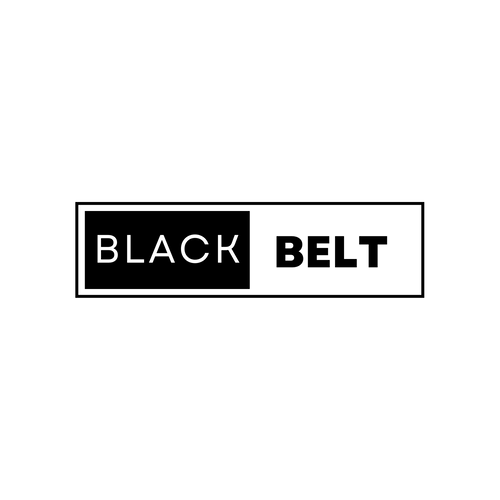Introduction:
Karate is a martial art that has gained immense popularity worldwide. It is not just a form of self-defense but also a discipline that promotes physical fitness, mental strength, and personal growth. One of the most iconic aspects of karate is its belt ranking system, which symbolizes a practitioner's progress and skill level. In this comprehensive guide, we will delve into the intricacies of karate belt ranks, answering common questions and shedding light on the journey from a white belt to the coveted black belt.What are the Karate Belt Ranks?
Karate belt ranks are a hierarchical system that classifies practitioners based on their experience, skill, and knowledge. These ranks are represented by different colored belts, starting from the beginner level and progressing towards advanced levels. Each belt color signifies a step forward in the journey of a karateka (karate practitioner) and represents their dedication, perseverance, and growth. Let's take a closer look at the various karate belt ranks and what they mean: 1. White Belt (10th Kyu): The white belt is the starting point for every karateka. It symbolizes purity, innocence, and a blank canvas ready to be filled with knowledge. At this stage, beginners learn the fundamental techniques, basic stances, and etiquette of karate. It is a time for building a strong foundation and understanding the principles of this martial art. 2. Yellow Belt (9th Kyu): The yellow belt represents the first step towards progress. It signifies the growth and development of a karateka. At this stage, practitioners deepen their understanding of basic techniques and begin to explore more complex movements. They learn to execute punches, kicks, and blocks with improved precision and control. 3. Orange Belt (8th Kyu): The orange belt indicates a significant advancement in a karateka's journey. It represents enthusiasm, energy, and a thirst for knowledge. At this stage, practitioners refine their techniques, focus on improving their balance and coordination, and begin to engage in controlled sparring sessions. 4. Green Belt (7th Kyu): The green belt signifies growth and progress. It represents the budding skills of a karateka as they continue to hone their techniques and expand their knowledge base. At this stage, practitioners learn more advanced katas (pre-arranged sequences of movements) and engage in more intense sparring sessions. 5. Blue Belt (6th Kyu): The blue belt represents the sky, symbolizing vastness and limitless possibilities. At this stage, practitioners begin to develop a deeper understanding of the philosophical aspects of karate. They delve into the mental and spiritual aspects of the martial art, focusing on self-control, discipline, and respect. 6. Purple Belt (5th Kyu): The purple belt represents the transition from intermediate to advanced levels. It symbolizes ambition, determination, and a commitment to excellence. At this stage, practitioners further refine their techniques, develop a deeper understanding of body mechanics, and explore more complex katas. 7. Brown Belt (4th Kyu - 1st Kyu): The brown belt is a significant milestone in a karateka's journey. It comes in four stages, each representing a higher level of skill and expertise. Brown belts are considered advanced practitioners, capable of executing techniques with power, speed, and precision. At this stage, practitioners focus on perfecting their techniques, mastering advanced katas, and preparing for the ultimate goal – the black belt. 8. Black Belt (1st Dan and beyond): The black belt is the pinnacle of achievement in karate. It represents mastery, knowledge, and years of dedication and practice. Black belts are not the end of the journey but rather the beginning of a lifelong pursuit of excellence. Beyond the first-degree black belt (1st Dan), there are additional degrees (Dans) that signify further growth, experience, and expertise.
